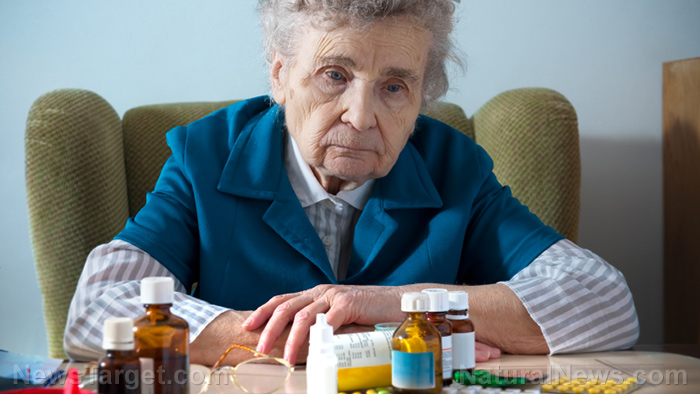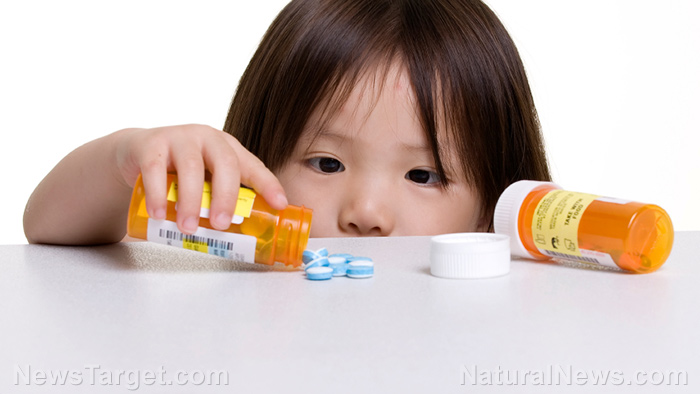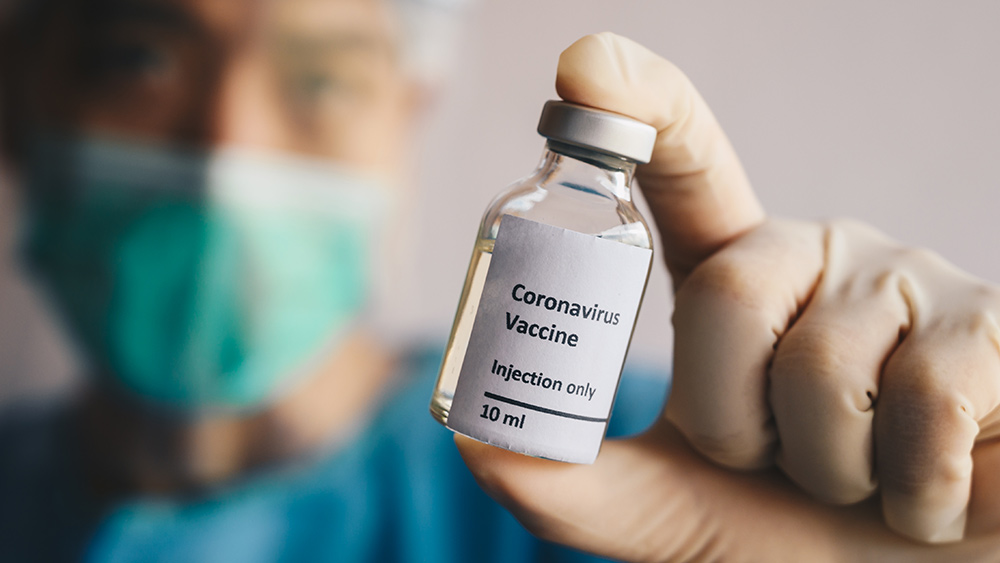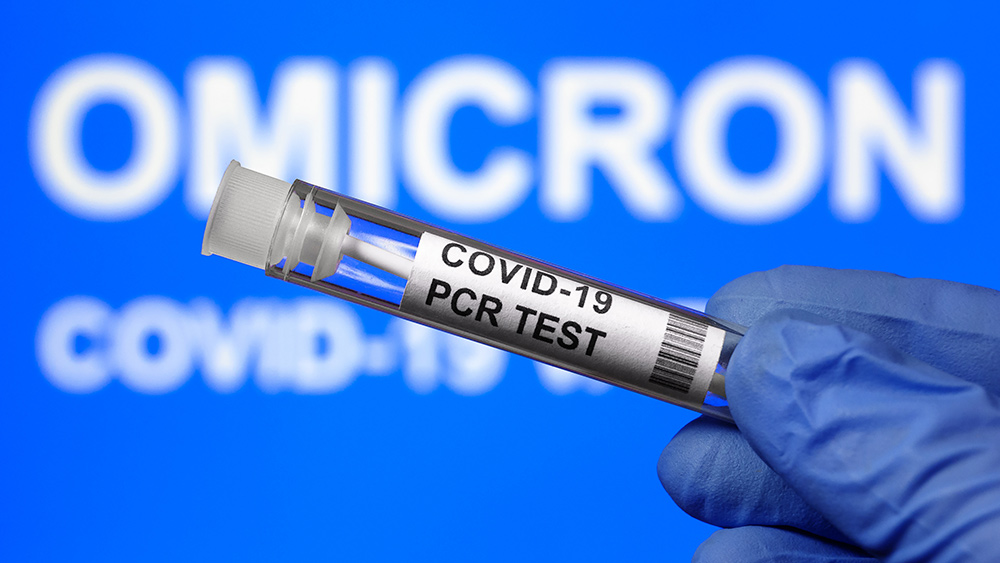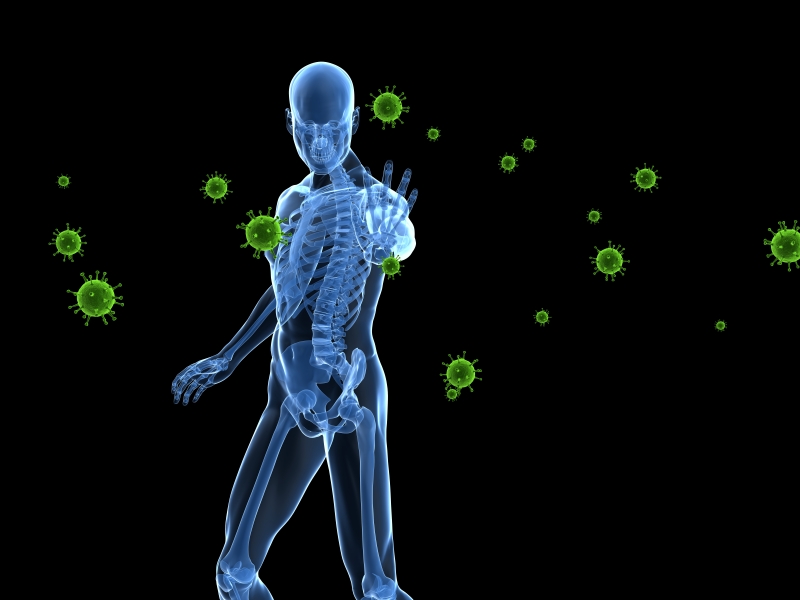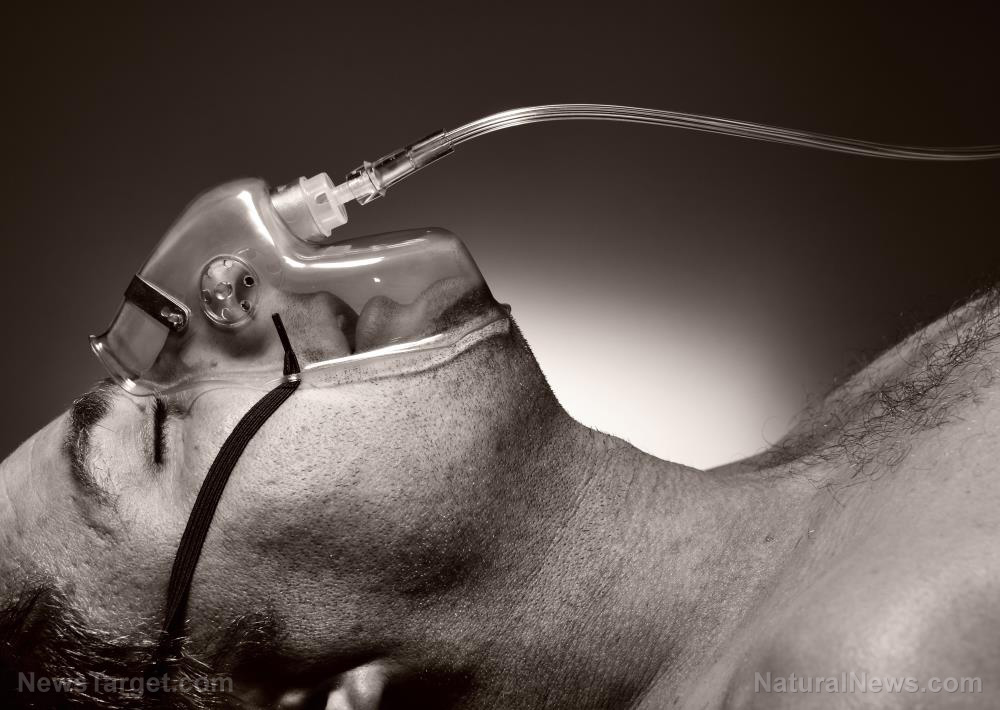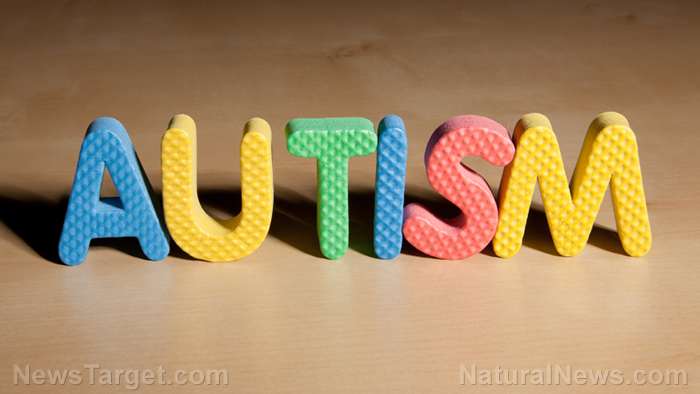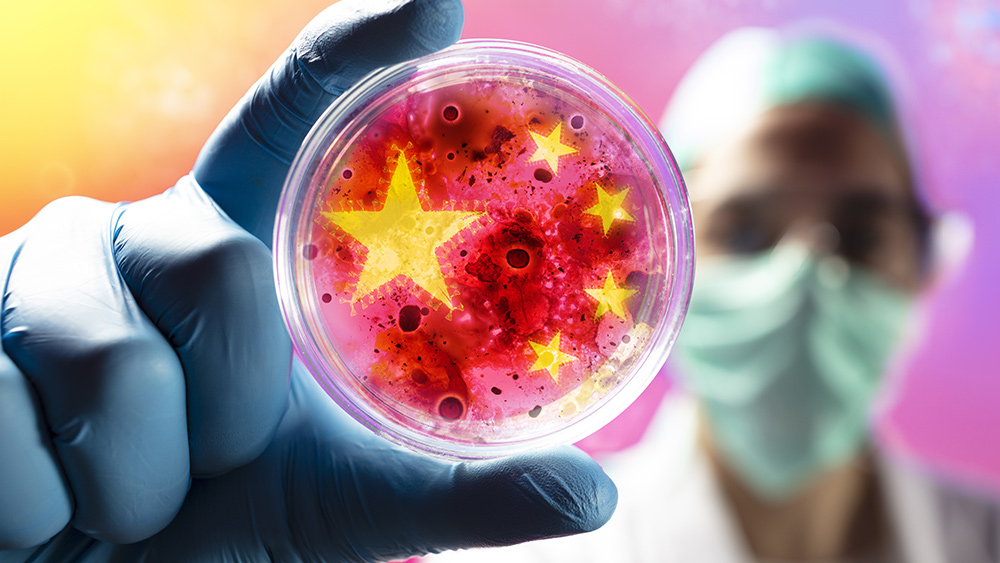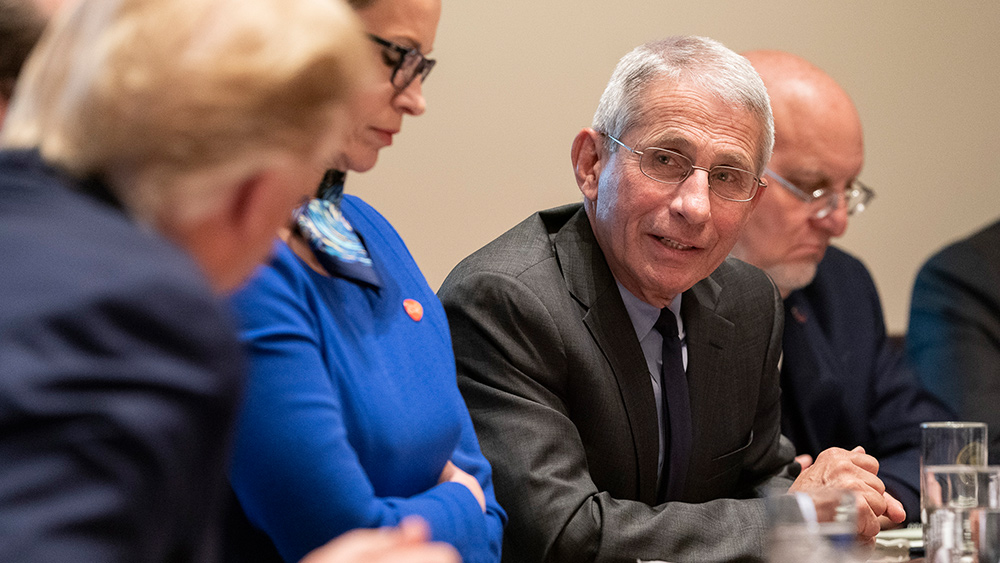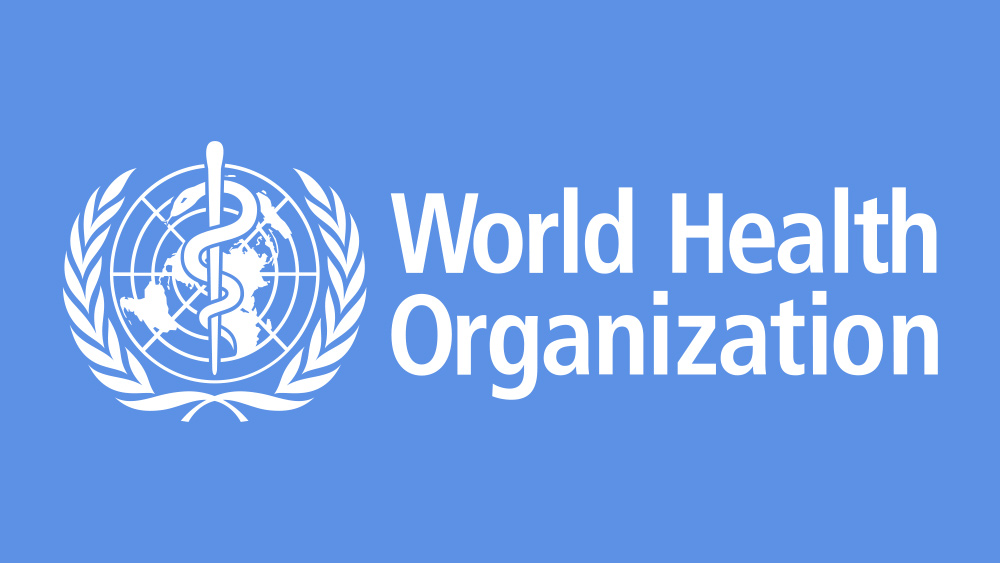‘Heartbreaking’: Pharma eyes exponential growth in multi-million market for autism drugs
03/17/2023 / By News Editors

The global Autism Spectrum Disorder (ASD) treatment market is projected to reach $11.42 billion by 2028, growing from $9.01 billion in 2021, according to a market research report by 360 Research Reports and announced in a press release on Monday.
(Article by Brenda Baletti, Ph.D. republished from ChildrensHealthDefense.org)
It’s the latest in a series of reports published over the last 12 months predicting massive growth in the ASD treatment industry over the next several years due to rising global rates of autism and increasing investment in pharmaceutical research and development.
Commenting on the report, James Lyons-Weiler, Ph.D., told The Defender:
“For decades, the increase in autism was denied, and any discussion of the treatment of autism was met with the same derisive forces that would malign and mischaracterize the parents and physicians trying to give these kids a better day.”
Lyons-Weiler, author of “The Environmental and Genetic Causes of Autism,” added:
“Now that Pharma has recognized the scale of the clinical population of people on the spectrum and is charting a translational path toward their profits, it’s finally considered ok to admit the increase and to rush headlong into treatment programs.
“I say to the parents of kids with autism, and to adults with autism: Beware Pharma.”
Toby Rogers, Ph.D., who has a Master of Public Policy, told The Defender, “Everything about that press release is heartbreaking.”
Rogers said the press release is about the market for psychopharmaceuticals, including antipsychotics Risperdal and Abilify, to “treat” autism.

“These drugs are incredibly toxic and do not work very well,” he said, noting that Johnson & Johnson paid $2.2 billion in civil and criminal fines for improperly marketing Risperdal to treat autism (and other conditions) and then kept right on doing it.
Rogers added:
“Johnson & Johnson has also paid billions of dollars in civil suits because Risperdal is linked with gynecomastia — growth of breast tissue in males (the primary target for this drug).
“The fact remains that there is no pill to treat autism but the market is massive because families are desperate for help.”
Assessments of the current market value and its future projections vary widely in different reports. But all estimates project massive market expansion — between 3.4% and 7.4% compound annual growth rate between now and 2030.
At the low end, Grand View Research reported a market value of about $2 billion in 2021 and projected growth to $3.29 billion by 2030. At the high end, Market Research Future assessed the industry value at $23.7 billion in 2021 and projected growth to $42.3 billion by 2030.
The latest report by 360 Research Reports assesses treatments and drugs used to diagnose and treat ASD, projects future profits by age group, geographic region and other factors and analyzes the top Big Pharma industry players.
According to the report, the top industry players set to profit are Otsuka — which currently controls 6% of the market — followed by AstraZeneca, Pfizer, Eli Lilly, Johnson & Johnson and Roche.
Growing market for autism treatment drugs — that come with serious side effects
A recent study showed that in the U.S., roughly 1 in 30 — 3.49% — of children and adolescents ages 3 to 17 were diagnosed with ASD in 2020 — a 53% increase since 2017.
The U.S. is currently the largest ASD treatment market. However, reports cite the growing global prevalence of the disease coupled with greater awareness about the condition and treatment options, and increasing investment “by key players in R&D initiatives for the launch of effective drugs” as key factors expected to drive the ASD therapeutics market.
The biggest market limitation is the lack of approved drugs for treating ASD, according to Grand View Research.
ASD symptoms typically are treated with stimulants, anticonvulsants, tricyclic antidepressants, selective serotonin reuptake inhibitors, or SSRIs, and anxiety medications sold through retail pharmacies, which dominated the market, Grand View Research reported.
Approximately 30% to 50% of all patients with ASD were treated with at least one of the above medications, leading to reports concluding that the more people diagnosed with autism, the larger the market for drug sales.
Several behavioral and mental health conditions in children, including autism, are associated with high rates of psychotropic polypharmacy (the simultaneous use of multiple psychotropic drugs.
One systematic review found that up to 87% of children and youth with autism are prescribed two or more medications simultaneously.
Some of the most commonly prescribed drugs for ASD include antipsychotics Abilify and Risperdal for treating irritability in children under 12, but they were also found to cause adverse events including serious weight gain, involuntary muscle spasms, addictive behaviors and heart problems.
A 2016 study found that approximately 1 in 6 children diagnosed with autism were taking antipsychotic medications.
“That is concerning and suggests possible over-prescription or overuse,” Dr. Matthew Siegel, vice president of Medical Affairs for the Developmental Disorders Service Line of Maine Behavioral Healthcare, told Spectrum News.
“Those are our most powerful, potentially most problematic drugs,” Siegel said. “Should that really be the most common [type of] drug we use?”
Most market projections focus on drug development and sales, but other market researchers, Like John LaRosa, writing on the Market Research blog, also points to a “Huge Untapped Demand in the $4+ Billion U.S. Autism Treatment Centers Market,” which he writes is “is truly a growth market/industry.”
But Rogers told The Defender the costs of autism extend well beyond the price of medication:
“Psychopharmaceuticals are just a small fraction of the societal costs of autism. Other costs include lost wages (for people on the spectrum and caregivers, usually mothers), supportive services, higher medical costs, higher educational costs, and supportive housing.
“All comprehensive estimates of the cost of autism in the U.S. show hundreds of billions of dollars a year in current costs rising to a trillion dollars a year in costs sometime within the next decade.”
The way forward: ‘Keep toxicants out of kids’ bodies’
As autism rates skyrocketed among U.S. children over the past several decades, along with concern among parents, much research turned to investigate the role of environmental risk factors in compounding underlying diverse genetic factors.
Environmental risk factors include metals like aluminum and mercury in vaccines, glyphosate exposure, use of acetaminophen during pregnancy and infancy, heavy metals in baby food and other organic environmental pollutants.
Studies also link industrial chemicals, such as lead, arsenic, copper, selenium, iron and magnesium, to the disorder.
A number of studies over the last several years identified a link between autism and Tylenol, which also is linked to attention-deficit/hyperactivity disorder (ADHD) and other developmental problems.
More than 100 families are suing Tylenol.
Despite growing evidence that environmental factors may play a role in the development of ASD, the Centers for Disease Control and Prevention research through the Autism and Developmental Disabilities Monitoring Network does not investigate environmental exposures as a potential cause.
Current market projection reports for ASD diagnosis and treatment make no comment on prevention.
Rogers said:
“The tragedy in all of this is that we know how to prevent most cases of autism — keep toxicants out of kids’ bodies. But most politicians and the mainstream media refuse to have that conversation lest it anger the toxic industries (especially Pharma) that run this country and pay for the bulk of advertisements on the TV ‘news.’
“We absolutely must find a way to keep toxicants out of kids’ bodies, both through legislation and boycotts of the products that cause harm. That’s the only way forward.”
Read more at: ChildrensHealthDefense.org
Submit a correction >>
Tagged Under:
autism drugs, Big Pharma, bubble, conspiracy, corruption, deception, environment, money supply, pharmaceutical fraud, Prescription drugs, psych drugs, toxic chemicals, toxins
This article may contain statements that reflect the opinion of the author

